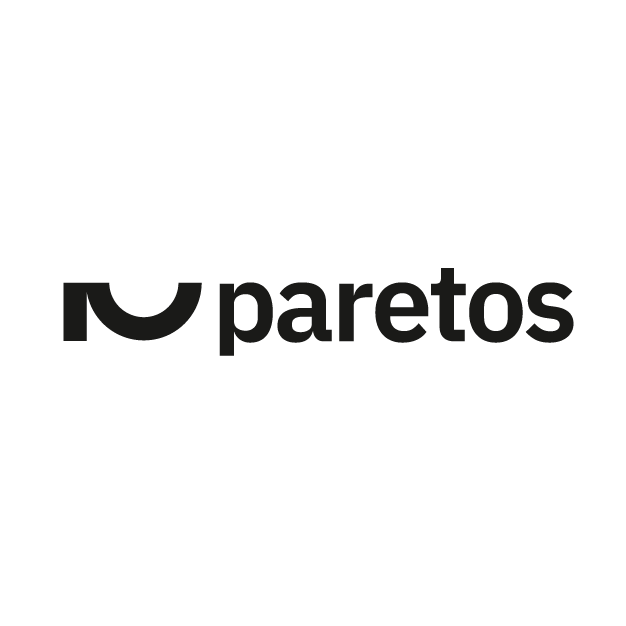ISMS – Information Security Management System
Establish an effective ISMS that forms the basis for securing the future of your company.
We analyse and optimise all processes to ensure the availability, confidentiality and integrity of your company's assets. Our experts identify risks, continuously improve your protective measures and ensure that you are always one step ahead of threats. If required, we can also provide you with an experienced information security officer (ISO) to professionally manage your ISMS.
Rely on our expertise and build on a secure foundation for your company.













Test areas of our audits
Evaluation of current information security with regard to the three most important protection goals:
Confidentiality
Ensure clear guidelines: Who is authorized to access sensitive data and how?
Integrity
Protection against unauthorised manipulation, theft or deletion of information.
Availability
Information and systems must be available to authorized persons at all times.
Our offer
Would you like an external information security officer, in addition to legal advice, who is responsible for ensuring information security and your ISMS?
We support your company in setting up your ISMS and prepare you optimally for TISAX® assessments and ISO 27001 certification.
External Information Security Officer (ISO)
Advice and support in setting up an ISMS
Introduction and implementation of elementary ISMS processes
Creation of company-specific security guidelines
Clear specification of the roles and rights of the ISMS scope of application
Actual recording of the three most important protection goals of the information security standard
Risk assessment and introduction of a risk management system
Continuous monitoring and improvement process
Planning and implementation of regular audits
Documentation of all risks and incidents
Support and preparation for ISO 27001 or TISAX®
Employee training
NIS2 compliance with ISO 27001
An ISMS that complies with ISO 27001 provides the perfect basis for meeting the NIS2 requirements. This is because the two directives go hand in hand. This international standard systematises the planning, implementation, monitoring and improvement of information security in companies. Find out how you can implement the new EU directive to strengthen cyber security (NIS2). With an ISMS, you have already fulfilled a significant part of the NIS2 requirements.
Certifications
We are the right partner for your certification. As experienced ISMS consultants, we know our way around and know what is important. We support you in developing a suitable strategy and accompany you all the way to certification. In doing so, we rely on ISO 27001 and TISAX®.
Analysis
We work with you to develop a security concept tailored to your needs. Internal audits are used to identify weaknesses that have become apparent during the analysis of the framework conditions and risk management.
Concept
We specify IT security measures and create implementation concepts with short, medium and long-term steps for holistic security realization. Organizational, infrastructural, personnel and technical aspects are taken into account.
Roll-out
We work closely with you to implement IT security measures based on our extensive experience and expertise.
Monitoring
The implementation of the IT security concept is followed by continuous monitoring in order to maintain and improve the security level. This is done by regularly monitoring the measures using defined key performance indicators (KPIs).
Talk to our experts.
We will be happy to advise you and look forward to your questions.
